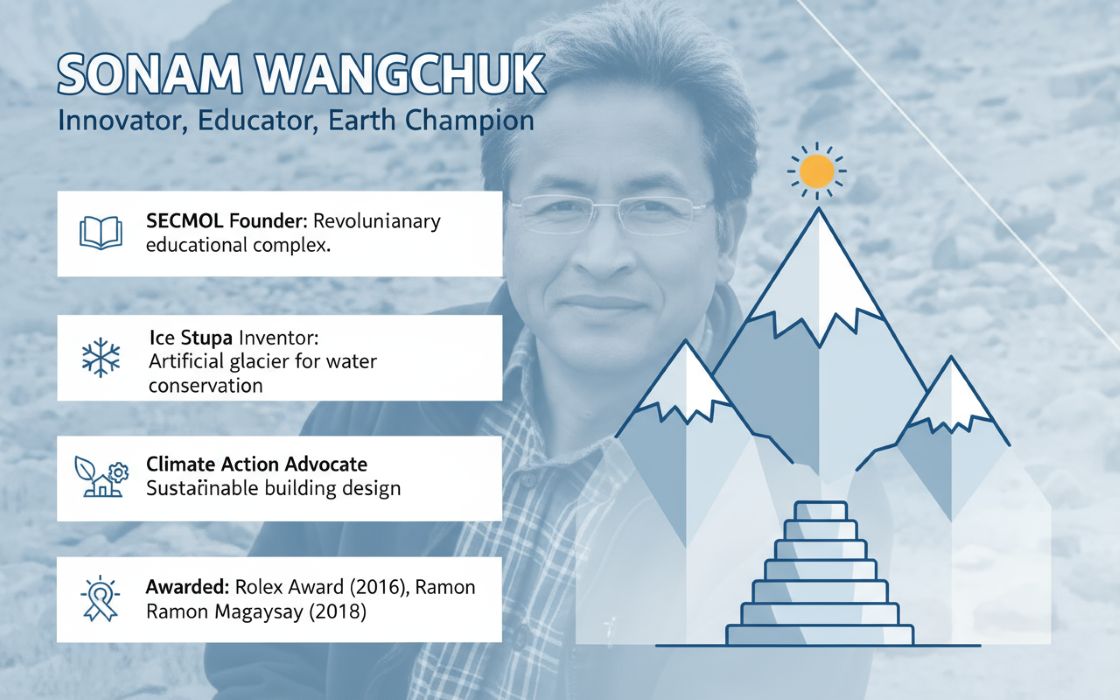India’s rapidly depleting groundwater levels present a significant challenge to both agriculture and urban development. With rising water demand and a limited supply of fresh water, groundwater recharge has become crucial in ensuring sustainable water availability. The north-western region of India, responsible for a major portion of the country’s food production, faces critically low groundwater reserves by 2025. Urban centres are also grappling with water shortages. Groundwater, which makes up 99% of the earth’s liquid fresh water, is vital for maintaining surface water systems and ensuring ecological balance.
In this article, Ashish Ghatnekar, Chief- People & Operations at HDBFS, highlights the alarming statistics that underscore the urgency of the situation, such as how critically low the groundwater reserves in India’s north-western region is going to be by 2025. The author also explores various sustainable groundwater recharge techniques – from rainwater harvesting to artificial wells – that can be deployed across India’s diverse regions.
Read the full article here:
For a country that is aiming to be counted amongst the Top 3 economies across the world before the end of this decade, India’s ever-increasing water demand and depleting groundwater levels could jeopardize these growth ambitions. The north-western region of the country, which contributes to 50% of India’s rice production & 85% of its wheat stocks, is estimated to face critically low groundwater availability by as early as 2025. Moreover, urban city centres all across the country are also facing severe water crisis underscoring the urgency of undertaking groundwater conservation efforts in order to prevent millions of Indians from suffering from water scarcity in the near future.
Understanding Groundwater and its Role in the Water Cycle
Making up 99% of the earth’s liquid fresh water, groundwater reserves are crucial for the sustenance of lakes, rivers and other associated ecological systems found on the surface. In fact, surface water sources are nourished by underground groundwater reservoirs more than they are often credited for. These groundwater reservoirs in fact regulate the flow of fresh water required for drinking and agricultural purposes by moderating the flow of surface waters; all the while acting as conduits to process and filter geologic materials from land to sea. Thus, groundwater reservoirs are integral to maintaining the hydrologic water cycle, thereby ensuring sufficient fresh water supply that is essential to sustain the pace of agricultural production and support global economic growth ambitions.
Why Groundwater Recharge is Crucial
Even though India accounts for ~18% of the world’s population, the country has access to only 4% of the global freshwater resources. According to the Ministry of Water Resources, the country’s water demand is expected to rise from 1,093 billion cubic meters (bcm) in 2025 to 1,447 bcm in 2050. This is far above the 1,121 bcm of fresh water supply available for extraction every year; emphasizing the importance of adopting an all-round approach towards enriching India’s fresh water sources. Towards this end, it is critical that groundwater recharge efforts are pursued in conjunction with other initiatives, largely due to the interconnected relationship between deep underground aquifers and surface water resources like rivers, lakes and even human-made wells. While some Indian states like Gujarat, Kerala and Tamil Nadu have been exploring innovative techniques to recharge groundwater sources, more concerted and localised efforts are warranted given the threat of India’s looming freshwater crisis.
Sustainable Groundwater Recharge Techniques
Apart from direct surface techniques that rely on creating artificial water bodies over a depleting aquifer, the deployment of artificial groundwater recharge is gaining ground due to its ability to augment groundwater levels at a much faster rate. There are different techniques that can be employed both in rural and urban areas, especially in those geographies where groundwater levels have reached precariously low levels. One of the most common yet effective method of groundwater recharge is to have a recharge trench where excess flood or rain water is directed, before it seeps into an existing aquifer through a borewell that penetrates through the impervious ground layer directly above it. This method of creating recharge or injection wells relies on both soil percolation and artificial pressure created by the water column to recharge groundwater faster than they are getting depleted.
Rainwater harvesting is another method that is very popular in urban areas in which rainwater is first collected from rooftops and the land surface; before being directed towards underground check dams. Possibly one of the oldest method of saving water for later consumption, rainwater harvesting can be combined with other types of groundwater recharge to enhance the end result.
Methods including building ponds, infiltration basins, subsurface dams and even connecting streams to existing wells are diffusion techniques that can also be pursued, depending on the criticality of each site and soil condition. Similarly, other types of human-induced recharge techniques such as subsurface dykes and dry wells can also be employed depending on economic feasibility and availability of space to implement these groundwater conservation initiatives. In the same vein, schemes that can promote rainwater harvesting and other groundwater recharge techniques could boost the efficacy of ongoing groundwater recharge efforts by coalescing public participation.
















.jpg)




